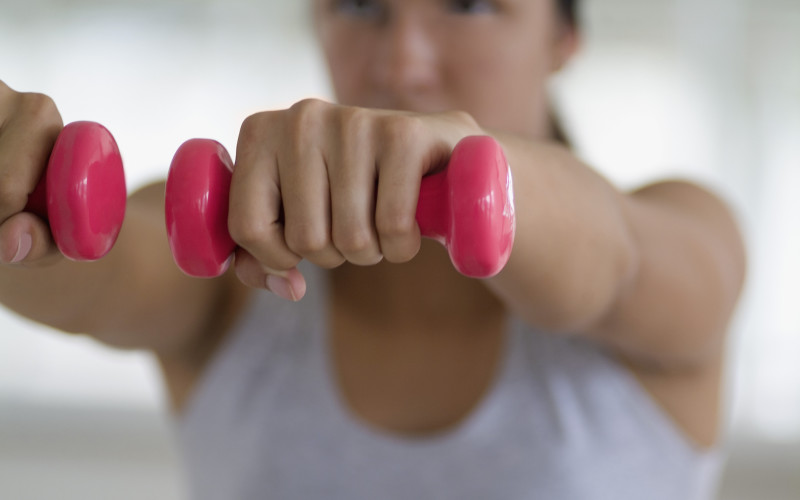Four steps to a sustainable exercise routine

Movement is medicine for the mind and body. A regular exercise program can help you prevent diabetes, lower elevated blood pressure, cut down or eliminate the need for prescription medicine, strengthen and tone your muscles, maintain a desirable weight, improve your sleep, reduce stress and improve your energy level.
Make a clear commitment to your health. Use these strategies to develop a lifelong physical activity program that works with your schedule.
Choose an acceptable minimum
Start simple. Pledge to exercise at minimum one day a week for 30 minutes. By the end of the year, you will have exercised a minimum of 52 times totaling 1,560 minutes. You have to start somewhere.
Stick to your minimum. It’s the single most important action you can take. Sometimes you will exceed the minimum; sometimes you will barely meet the minimum. All this is fine; just never drop below the minimum.
How many people do you know who can confidently say they exercised at least 52 days last year?
Schedule each exercise session
Look at the next 28 days of your life and plot out when you will actually make time to care for yourself with exercise.
In the next four weeks, identify when and where your exercise sessions will be.
Track your attendance and reward yourself when you follow through on your promise. New sneakers are my favorite reward.
Select specific exercises
Decide which exercises you will do in each exercise session. Surf the Web for new exercises or local activity options you would like to try. Knowing what you will do before you get started will keep you on task and make the most of your time. Some ideas:
- Take a group exercise class or follow along with an exercise video.
- Train for a 5K run/walk.
- Try a new program on the exercise machines at the gym.
- Try different physical challenges.
Make sure to keep your health care provider informed of your activity choices.
Track and measure progress
Keep good records of your commitment. It validates your efforts and helps you to measure, monitor and maintain the motivation to stick with your plan. Many of us live in a fitness fog, certain we’ve lost a step or seven since high school, knowing it’s harder to bend down and pick up a quarter, but having no clue what kind of physical condition we’re really in.
Now that you have established an exercise commitment complete with weekly minimums and identified what you want to gain, it’s time to get moving!